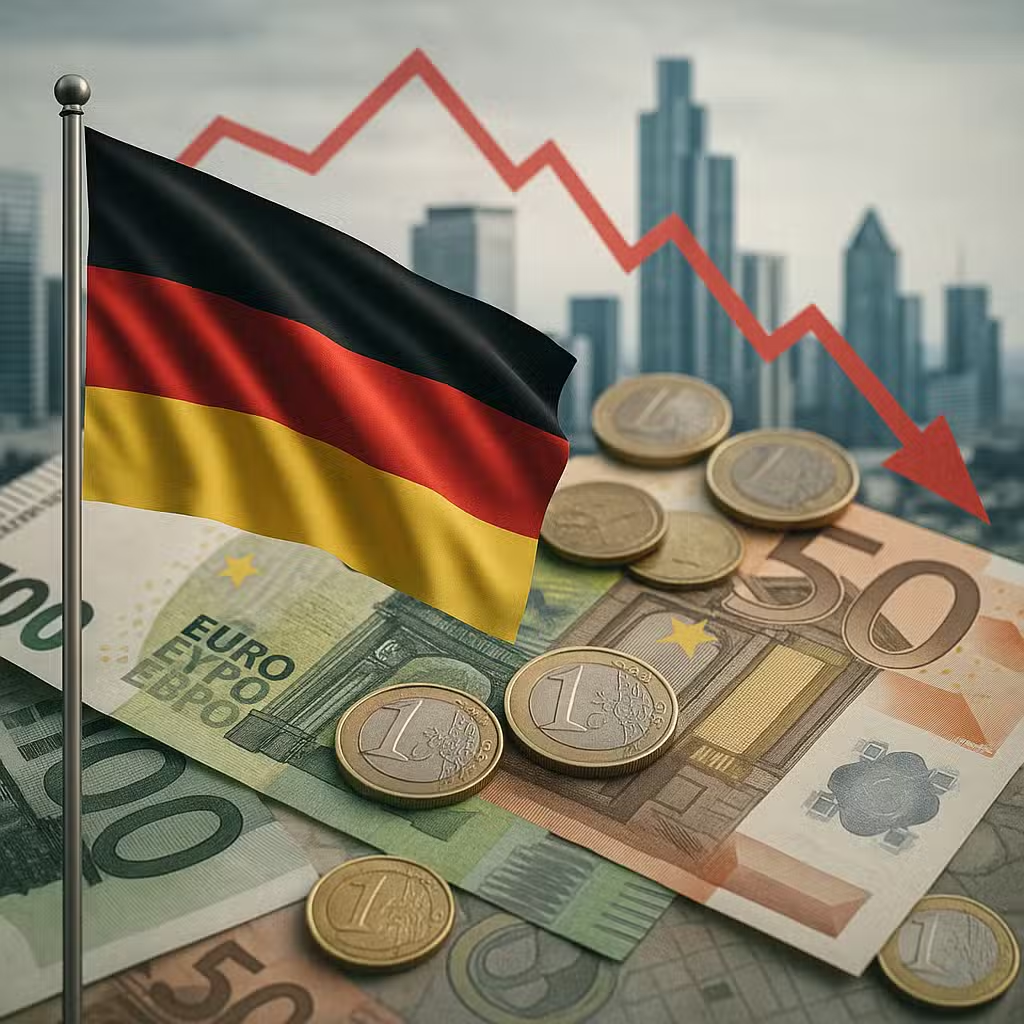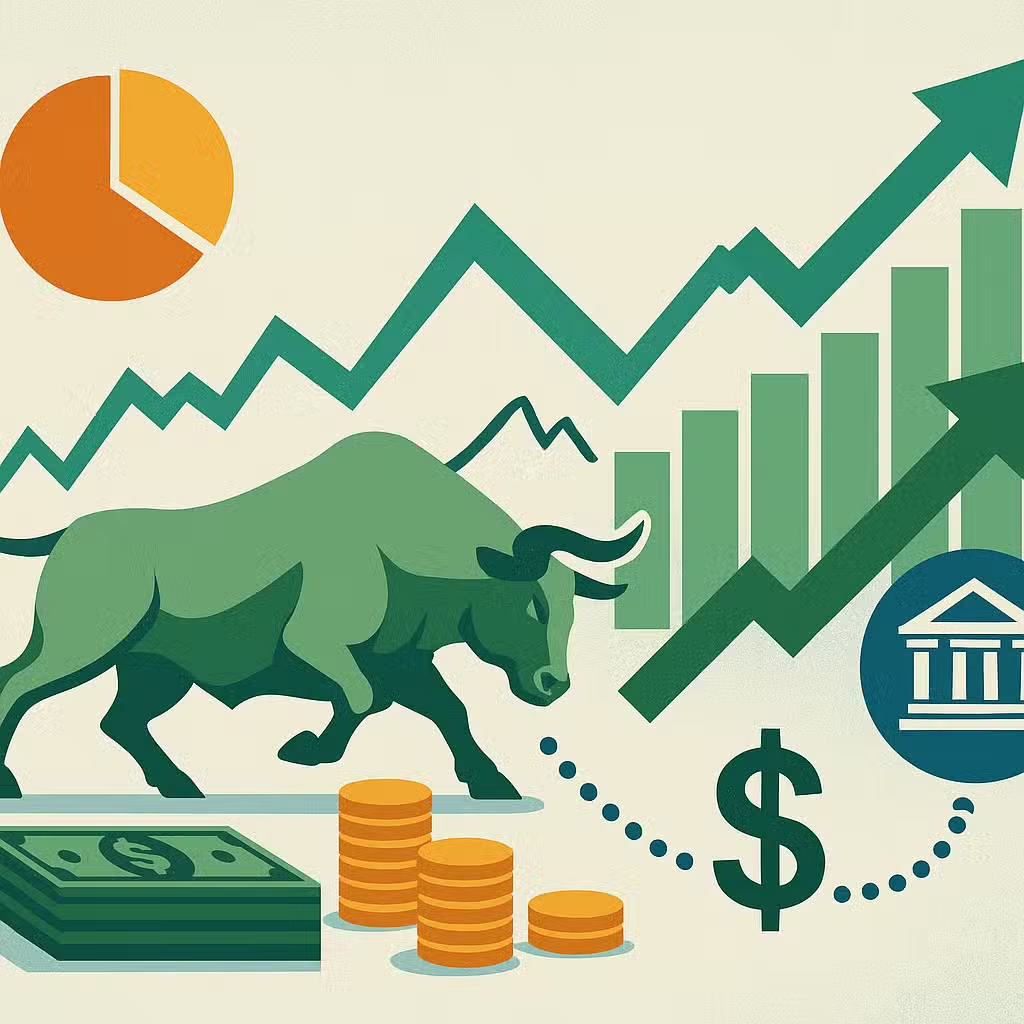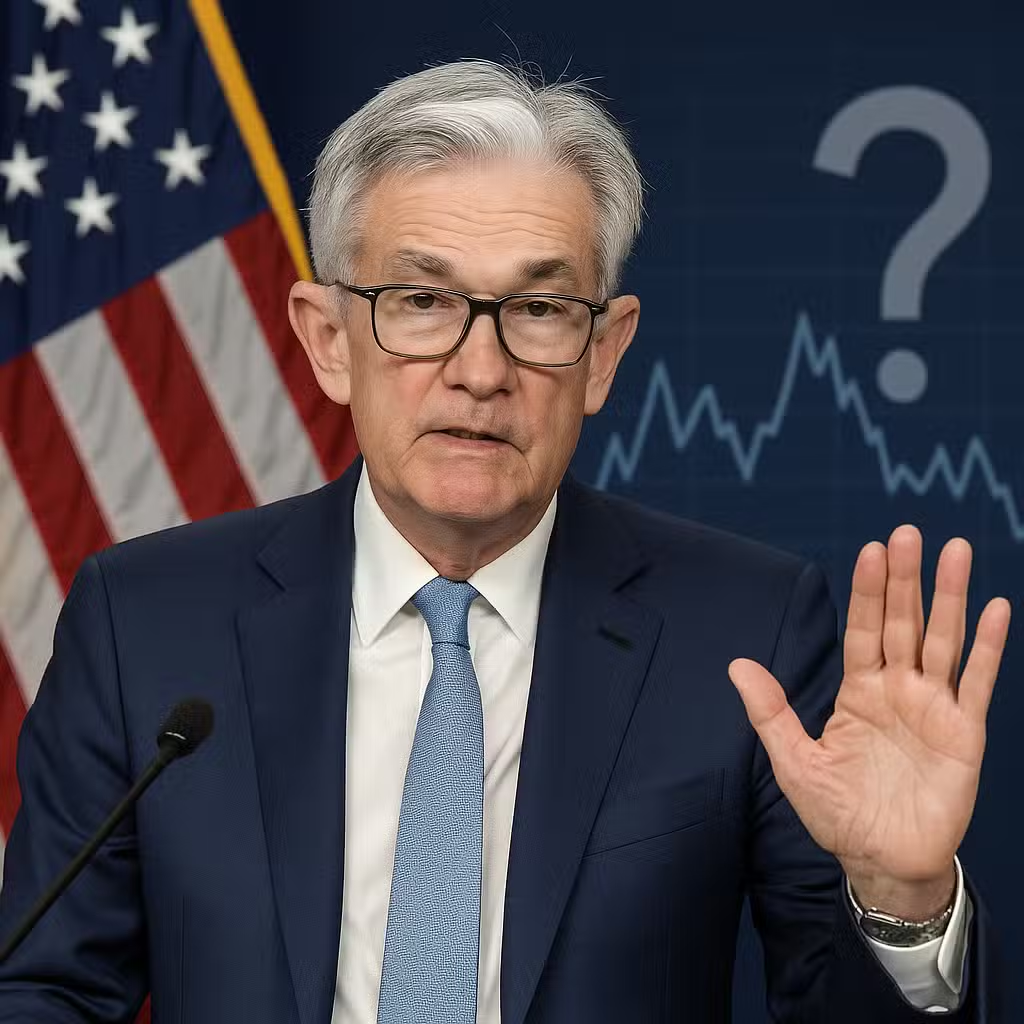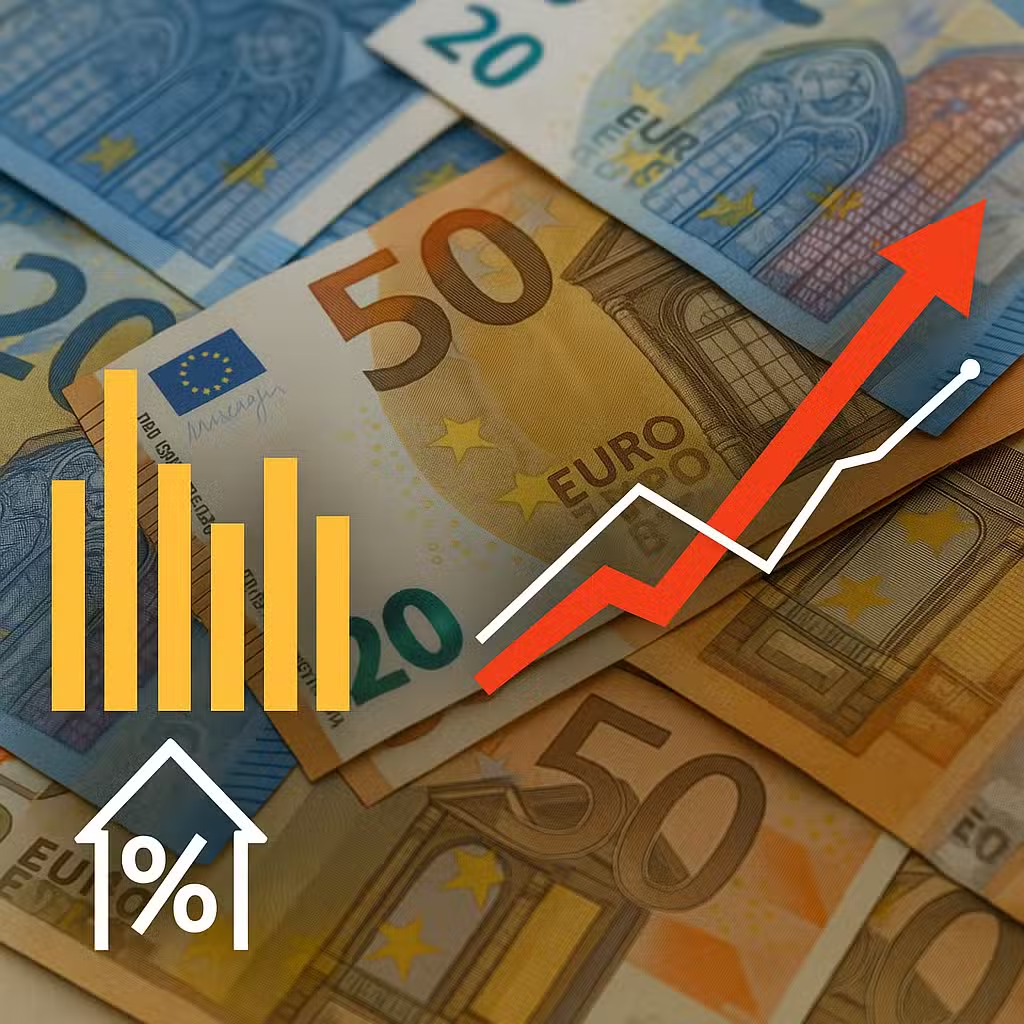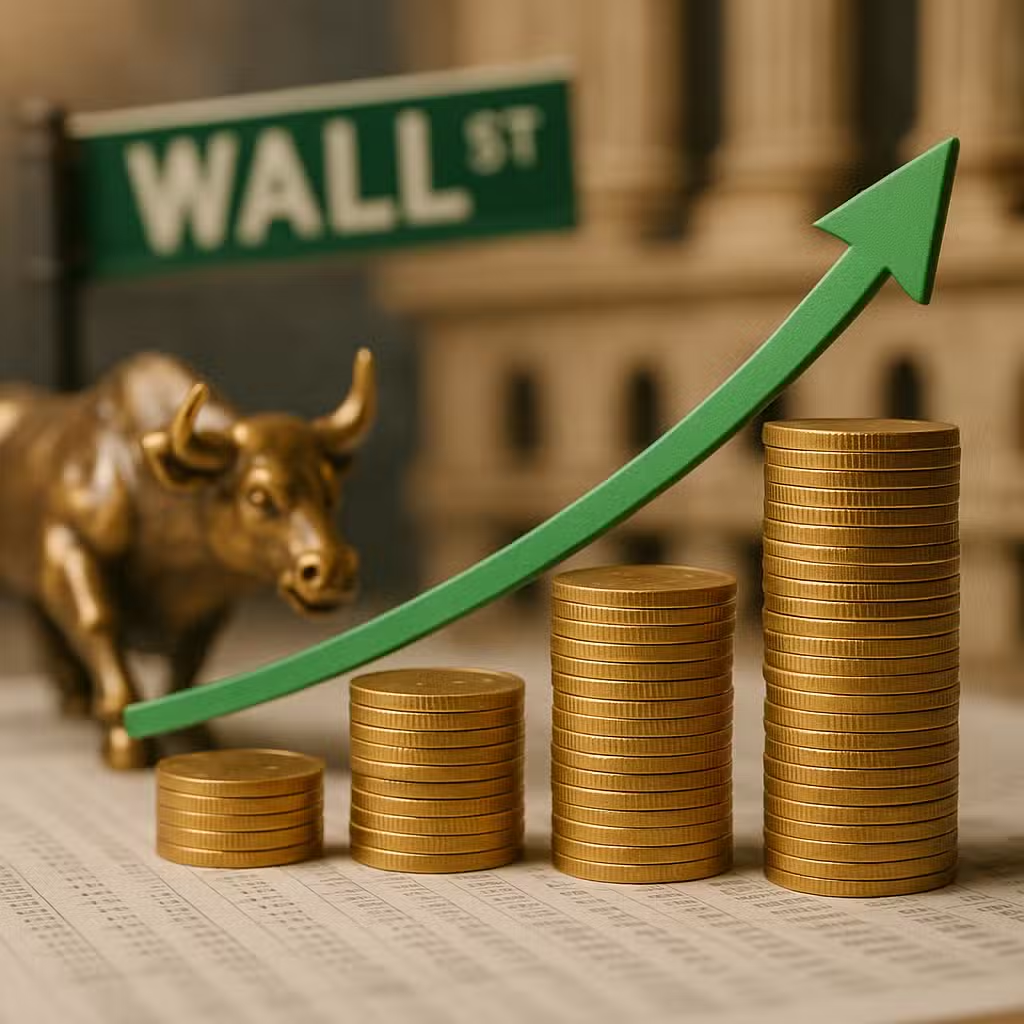Germany’s Delayed Spending Plans May Slow Near-Term Growth, Impacting Investor Outlook
Imagine you’re building a treehouse with friends. If you only buy new wood but forget nails, or if everyone spends all their money on snacks instead of tools, the project won’t get done right. That’s a lot like how governments spend money on big projects—they need to make sure the spending is smart and balanced, or the whole economy can wobble.
Why This Matters for Investors
Governments use special funds to pay for things like better roads, trains, or energy systems. These investments can help economies grow, which is good for companies, jobs, and stock markets. But if the government just moves money around without actually adding new investment, it might not help growth at all. That can make markets nervous and affect your portfolio.
The Bull Case: Why Some Say It’s Good
- More flexibility: The government can quickly move money to important projects.
- Boost to the economy: New infrastructure can create jobs and support businesses.
- Required investment levels: Laws say that at least 10% of the main budget must go to investments, which should keep spending strong.
For example, a study by the International Monetary Fund found that every $1 spent on infrastructure can boost GDP by up to $1.50 in the long run. Source.
The Bear Case: Why Some Are Worried
- Budget shuffling: Money is being moved from one place to another, not always adding new spending.
- Uncertainty: Flexible rules mean the government might not always stick to its promises on investment.
- Short-term fixes: Cutting money from one ministry and giving it to another might not solve long-term problems.
For instance, in the 2025 budget, about 11 billion euros were cut from the Transport Ministry but showed up again in the special fund. That kind of reshuffling can make it hard to tell if the country is really investing more or just moving numbers around.
Historical Perspective
Looking back, countries that made big, smart investments—like the U.S. during the New Deal or Germany after reunification—often saw strong growth and rising stock markets. But when investments were too small or poorly planned, growth fizzled. A World Bank report notes that poorly chosen projects can waste up to one-third of total investment spending. Source.
Investor Takeaway
- Watch for real increases in government investment, not just budget tricks.
- Infrastructure sectors—like construction, transport, and green energy—could benefit most from new spending.
- Be cautious if there’s too much uncertainty or if spending just moves from one pot to another.
- Check how these moves affect your portfolio’s exposure to sectors that rely on government investment.
- Remember, well-targeted public spending can lift the whole market—but only if it’s truly new and wisely used.
For the full original report, see FX Empire

